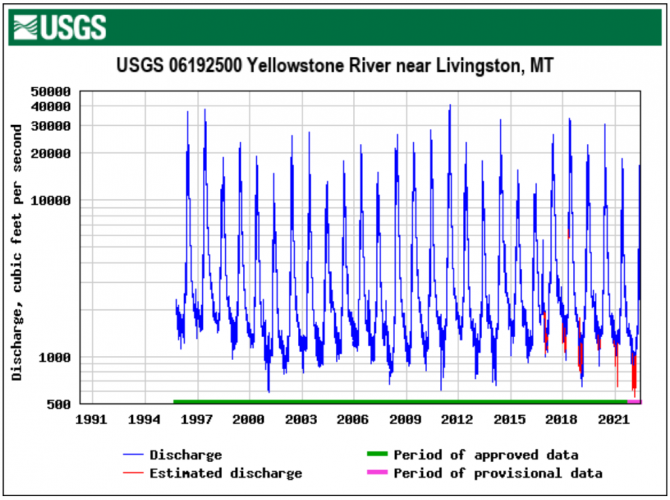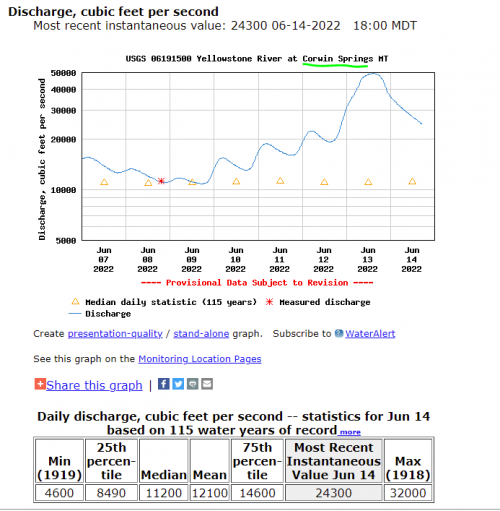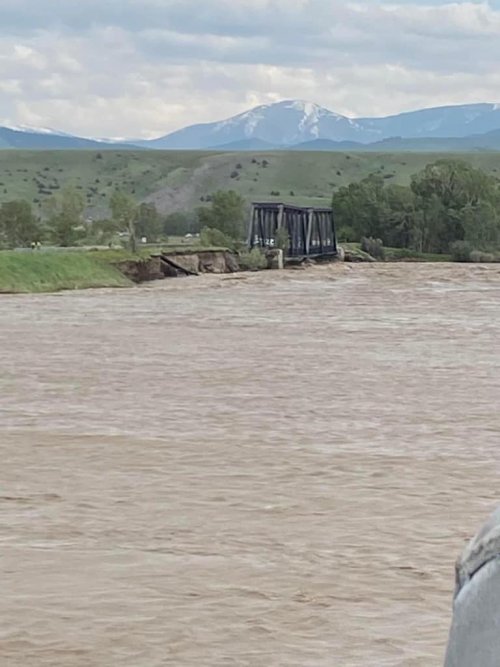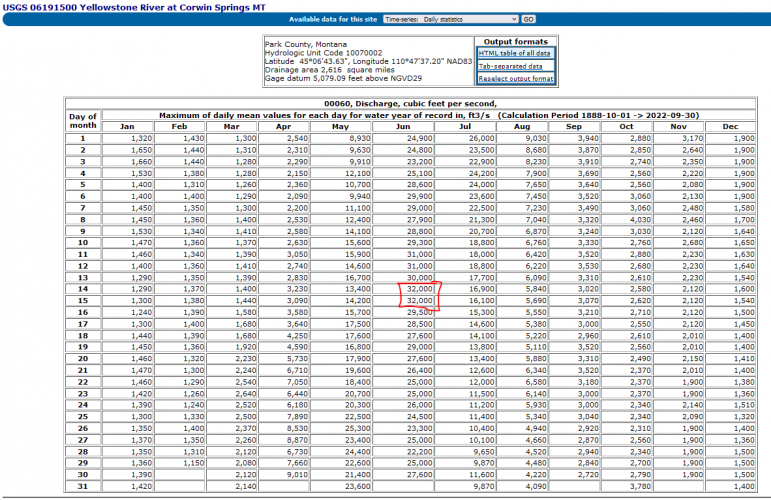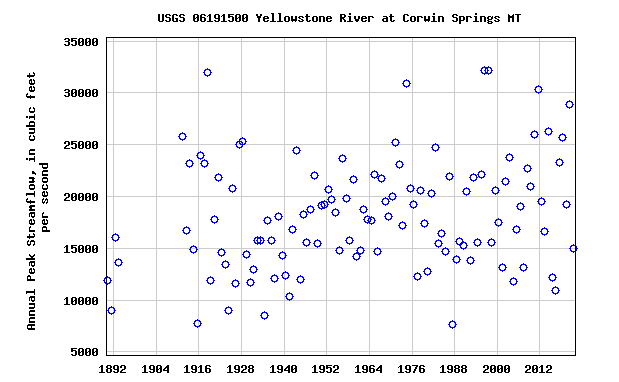El Jason
Well-known member
Lots of ways we can tax first responders.
Driving unnecessarily in hazardous weather.
Backcountry travel during extreme avalanche danger.
Traversing areas of high grizzly bear concentration.
Drinking too much beer and making TikTok videos.
Back to flooding.
Driving unnecessarily in hazardous weather.
Backcountry travel during extreme avalanche danger.
Traversing areas of high grizzly bear concentration.
Drinking too much beer and making TikTok videos.
Back to flooding.




